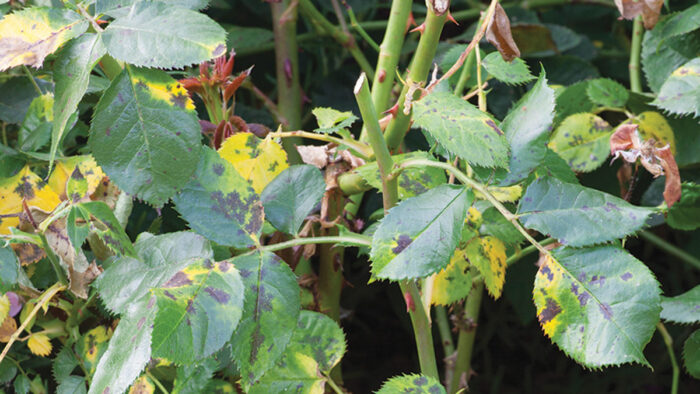
When faced with a plant disease, the first response most people have is, “What do I need to spray to get rid of it?” Unfortunately, killing the disease is often the most difficult way to deal with the problem. Understanding why you have an issue can help you find a better way to prevent it.
Understanding the Disease Triangle
For a plant to be infected, three things are needed, often known as the “disease triangle”:
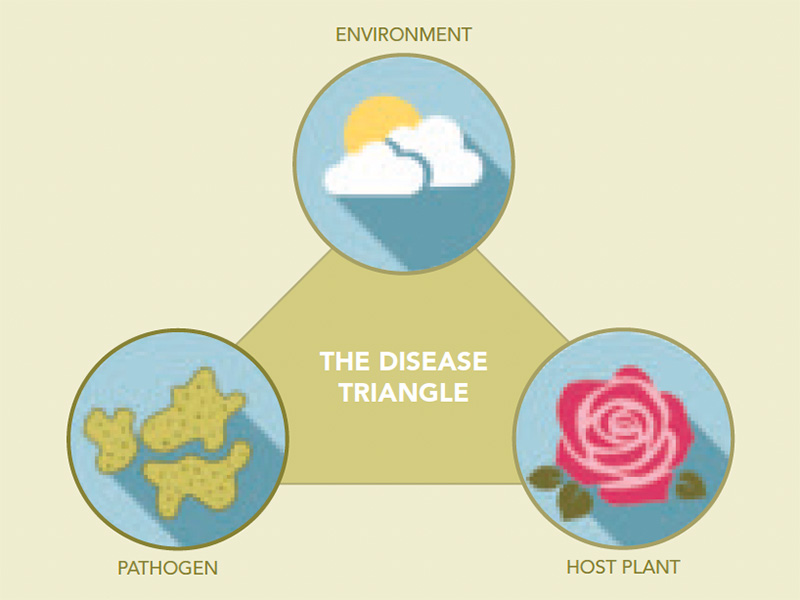
- A susceptible host plant
- A conducive environment
- A contagious pathogen
Pick a less susceptible host plant
Certain plants are known to be disease-prone. Try planting a selection of an otherwise disease-prone plant that has improved resistance, or a different species altogether that exhibits more natural resistance.
Provide a less conducive environment
Location is everything. Planting a powdery mildew–prone plant in a sunnier, more open spot will often keep the leaves drier and less likely to have an issue. Or, if a certain shrub is susceptible to root rot, try planting it on a slope to avoid the potential for an infection.
Reduce the potential for contagious pathogen spread
While it can be difficult to treat a contagious pathogen, reducing ways it can spread, such as raking away the leaves under a problem plant to reduce overwintering spores, can be a proactive preventative step. Lowering the density of disease-prone plants within proximity of one another can also help prevent pathogens from spreading around. And if a tempting plant looks a little stressed at the nursery? Leave it, even if it’s on sale.
Case Study: How Roses Became so Disease-Prone (and What to Do About it)
Sometimes, despite all your best efforts, a plant is just predisposed to problems. Roses (Rosa spp. and cvs., Zones 3–10) are one of the most commonly diseased landscape plants and the lament of many a gardener. Understanding why this group is so plagued can provide guidance on keeping your roses healthy in the future.
1. Natural susceptibility
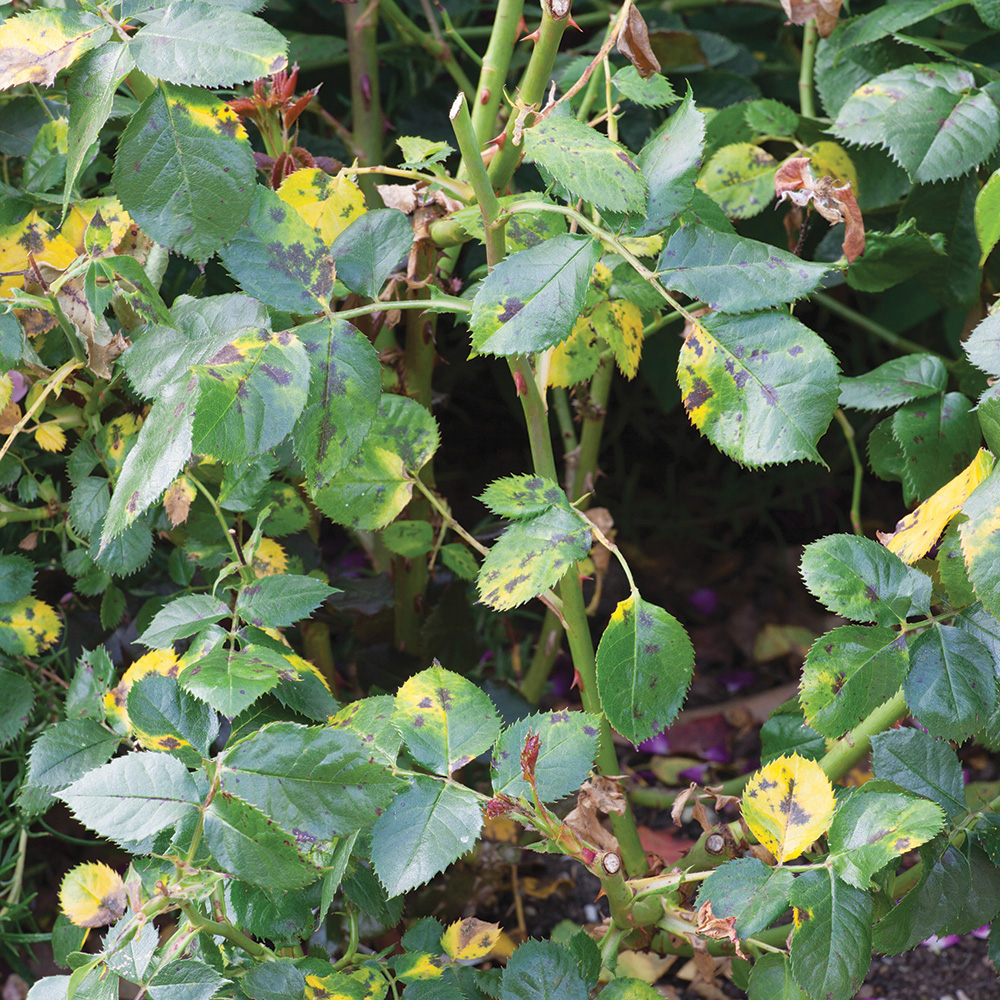
Roses are the poster child for what happens when all three parts of the disease triangle are present. They are naturally susceptible to a variety of problems like black spot (pictured), mildew, and rose rosette disease, among many others. If you live in an area with hot and humid summers, your environment is perfect for these diseases, and most of these pathogens are naturally occurring and inevitably present at some level.
2. Opportunities for disease to spread

If you grow a single rose bush, you will likely have few or reduced disease problems, but we tend to pack our roses together in groups or larger rose gardens. A rose garden puts many susceptible hosts together, making the environment that much more conducive for the pathogens to spread from plant to plant. Even disease-resistant varieties of roses are prone to problems in these conditions.
3. An unprecedented outbreak of rosette disease
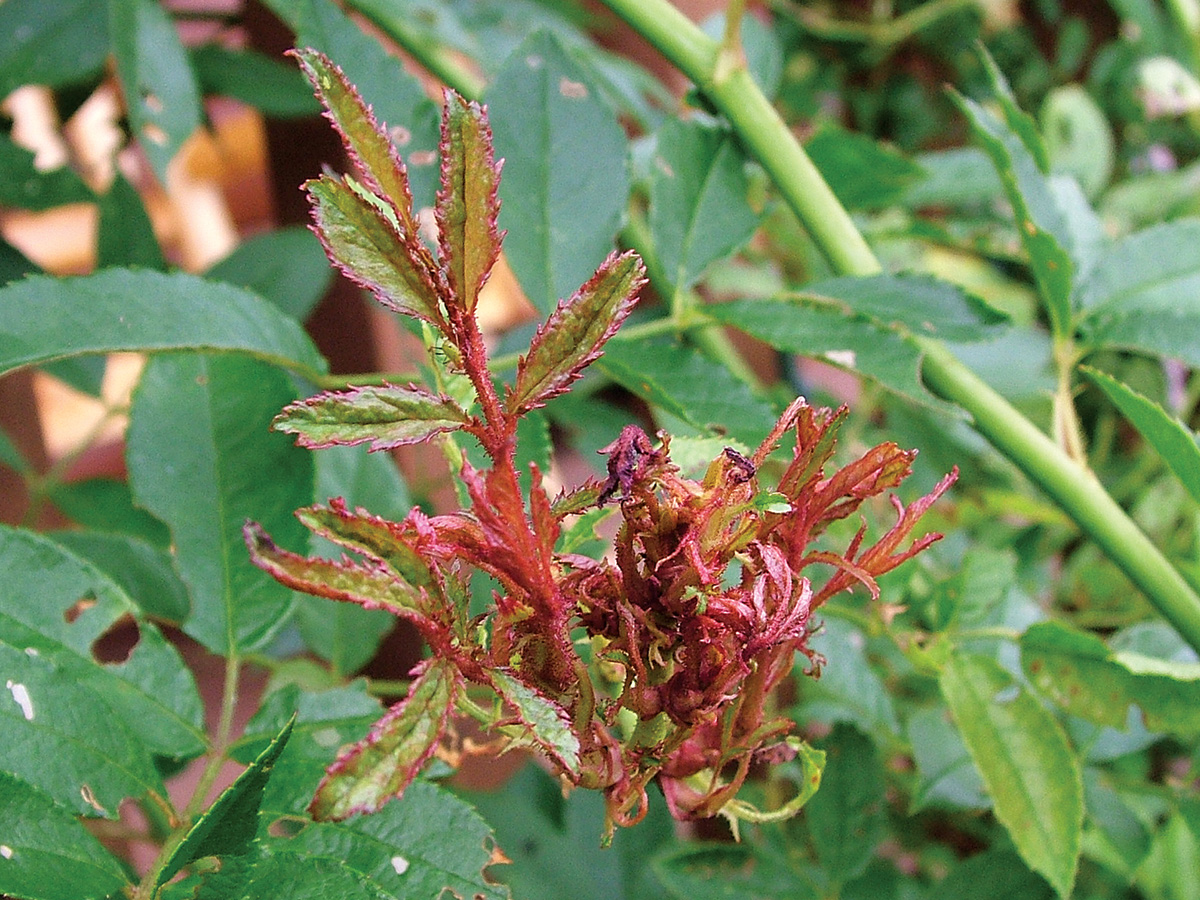
Rose rosette (pictured), a typically fatal disease that causes deformed and congested growth on plants, was identified on wild roses over 150 years ago in the United States. It was never a huge problem for gardeners, because it moves by tiny mites that float in the wind until they land on another rose. This was a rare occurrence for a century and a half, since roses were relatively scattered among few gardens. Several decades ago, increased popularity for certain series of roses bred with several improvements caused the gardening public to plant roses by the hundreds of thousands, often in large swaths. Now that tiny mite had susceptible hosts to land on wherever it floated, so rose rosette could spread from planting site to planting site with ease, blanketing the country.
Mark Weathington is the director of the JC Raulston Arboretum at North Carolina State University in Raleigh, and the author of Gardening in the South: The Complete Homeowner’s Guide.
Fine Gardening Recommended Products

isYoung Birdlook® Smart Bird Feeder with Camera
Fine Gardening receives a commission for items purchased through links on this site, including Amazon Associates and other affiliate advertising programs.

Attracting Beneficial Bugs to Your Garden, Revised and Updated Second Edition: A Natural Approach to Pest Control
Fine Gardening receives a commission for items purchased through links on this site, including Amazon Associates and other affiliate advertising programs.




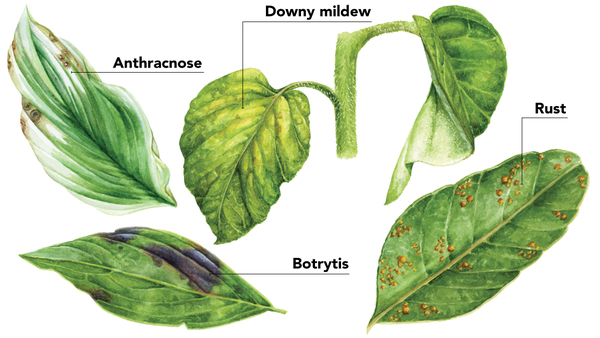
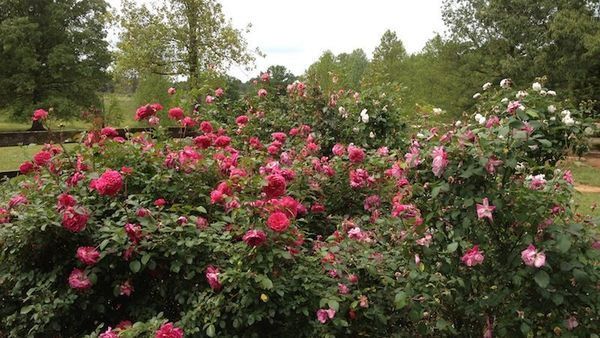
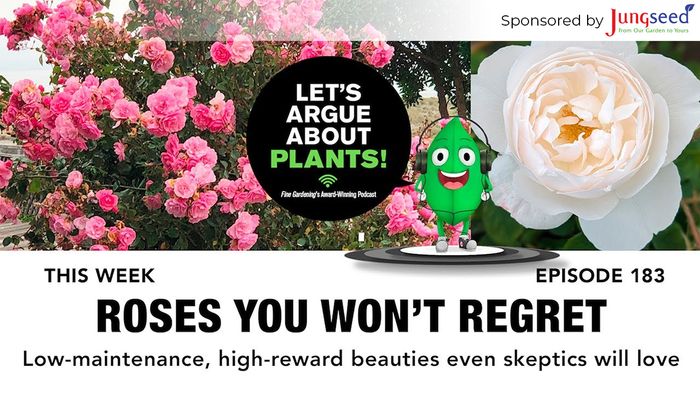

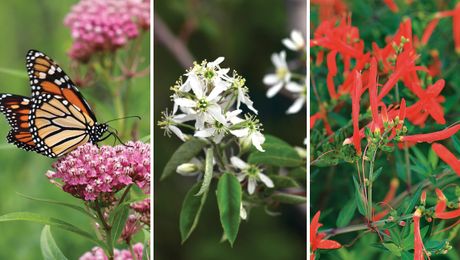


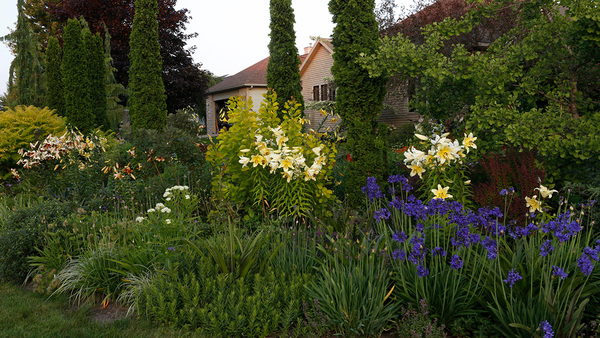




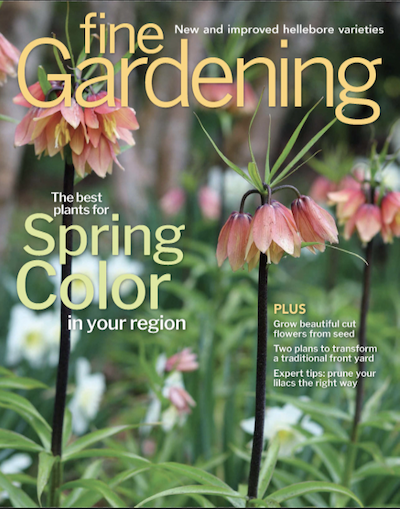


Comments
Log in or create an account to post a comment.
Sign up Log in